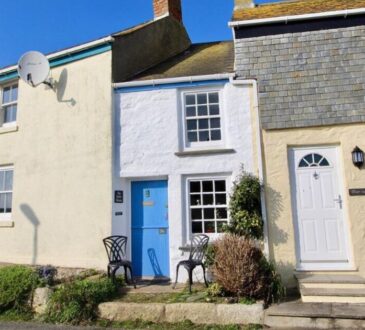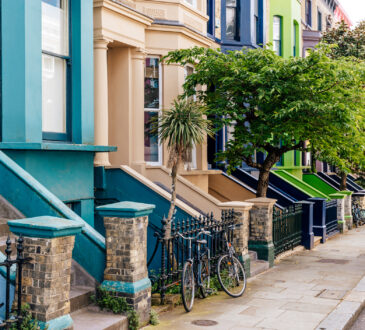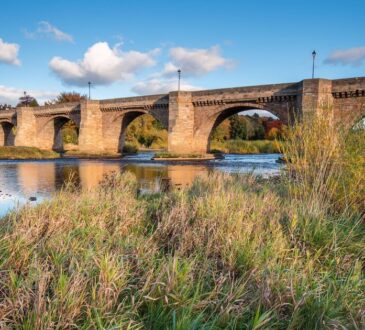
House prices in Scotland have outperformed the rest of the UK, with the average property rising by £13,000 in the past year, according to market analysis.
The soaring property values north of the border defy high interest rates and concerns over the economy and eclipse those in England and Wales which have increased by £8,500 over the same period.
The cost of the average home in Scotland rose by £13,001 to £199,971 in the year to August 2024, with experts predicting the average price would soon surpass £200,000 for the first time.
Analysts believe the steady growth “shows a market which remains resilient and growing”.
• UK house price tracker: will property values go up or down in my area?
Across Scotland there were substantial variations in price rises, with East Renfrewshire recording the highest increase, of £27,270; West Lothian up by £18,919; Edinburgh rising by £17,661; Midlothian up £15,410; and the Borders up by £15,324.
There was only one area which experienced a fall in value over the past year — Argyll and Bute, where prices were down £1,747. The four lowest increases were in Dumfries and Galloway, which rose £665; Fife, £1,795; East Dunbartonshire, £1,985; and Aberdeen, higher by £2,238.
David Alexander, the chief executive officer of DJ Alexander Scotland, the estate and lettings agency, said: “The Scottish housing market continues to be remarkably resilient. An increase of £13,001 equates to a 6.9 per cent rise over the year at a time when interest rates were high and there were concerns over the performance of the economy. The average price of a Scottish home will soon be above £200,000 for the first time ever and shows a market which remains resilient and growing.
“Even more astonishing is the fact that while almost every part of Scotland recorded an increase in average prices eight areas had an average price rise of over £10,000 during the 12-month period. In East Renfrewshire prices have increased by £524 a week for the entire year.”
Alexander highlighted the largest price increases occurring around the central belt where “demand seems to be far outstripping supply”.
• Interest rate cut sends house prices surging in Scotland
“People are still drawn to live and work in or near Edinburgh or Glasgow with all of the work, leisure and entertainment benefits they offer,” he said. “With the exception of Highland, which had a near £10,000 increase, all of the static prices and the single price faller are once again in rural areas such as Argyll and Bute and Dumfries and Galloway.”
He added: “The Scottish housing market continues to outperform our neighbours south of the border and produce really quite strong growth. Normally you would expect annual increases of between 2 to 3 per cent but average property prices in Scotland are running at double that rate of growth. With interest rates likely to fall in the coming months, employment remaining high, and the anticipation of higher economic growth, I believe these increases in Scottish house prices are likely to continue in the coming year.”
The most recent figures show 404 properties valued at over £1 million have sold across Scotland. About two thirds of residential sales were between £40,000 and £250,000.
Before the Scottish budget on December 4, the Scottish Greens have urged ministers to bring in a so-called “mansion tax” if the SNP is to gain their support.
The Scottish government will probably face a difficult time trying to pass its budget in a polarised parliament, though it needs just three more votes to pass legislation.
In recent years — first as an informal partner and then as a coalition member — the Greens have helped the government pass its tax and spending plans, but the collapse of the Bute House Agreement earlier this year has strained the relationship between the two parties.
On Wednesday, the Greens called for a shift in land and buildings transaction tax — Scotland’s equivalent of stamp duty, which is levied against the sale of properties.
The change would institute an extra band, set at 15 per cent, which would cover home sales worth £1 million or more.
Another change would see the 12 per cent rate, the current highest, affect sales worth £650,000 rather than the current £750,000.
The Greens said such an increase in tax could be used to fund action on child poverty. the first priority of John Swinney, the first minister, and climate change.
“A mansion tax on the biggest and most luxurious houses is one of many ways we can raise more money to support services like the NHS while only impacting the very wealthiest people,” said Ross Greer, the Greens’ finance spokesman.




